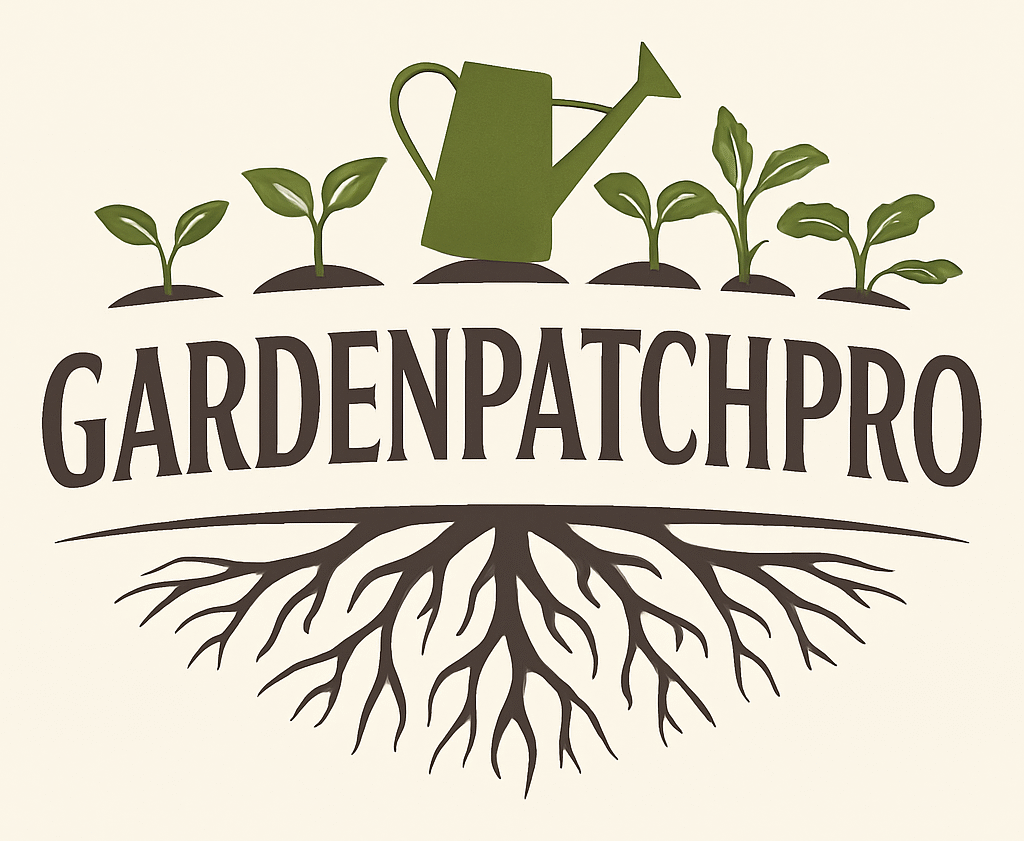15 Lavender Flowers Best for Gardens and Aromatherapy Benefits
Lavender is a popular plant known for its pleasant scent and beautiful flowers. It is often planted in gardens for its calming aroma and attractive colors. Many gardeners appreciate lavender because it adds both fragrance and visual appeal to outdoor spaces.
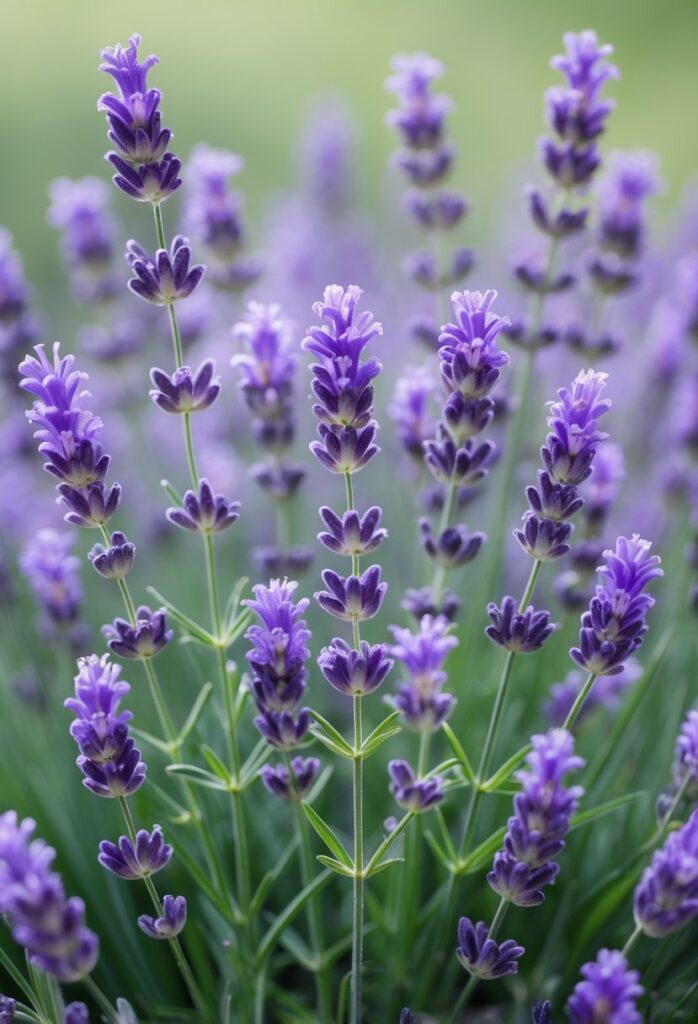
There are many different types of lavender flowers, each with unique features that suit various gardening needs. Learning about these varieties helps gardeners pick the best lavender for their climate and style. This article will highlight 15 common lavender flowers and what makes them special.
1) English Lavender (Lavandula angustifolia)

English Lavender is a popular, hardy perennial known for its strong fragrance and lovely blue-violet flowers. It usually grows between 1 and 3 feet tall, with narrow, gray-green leaves that add to its charm. This lavender is well suited for borders, hedges, and containers.
It blooms mainly in the summer, producing dense flower spikes that are often used in dried flower arrangements or potpourri. The plant is also the main source of true lavender oil, prized for its aroma and use in aromatherapy.
English Lavender is easy to grow in many climates, thriving in USDA hardiness zones 5 and above. It prefers full sun and well-drained soil. The plant is resistant to deer and rabbits, making it a good choice for gardens where pests are a problem.
Varieties like ‘Lady’ and ‘Sweet Romance’ offer different flower colors and growth habits. These help gardeners find the right type for their space and purpose. For more detailed information, see English Lavender on Gardenia.
2) French Lavender (Lavandula dentata)

French Lavender, known scientifically as Lavandula dentata, is an evergreen plant with toothed leaf edges. It grows about one meter tall and has grey-green leaves. The plant produces fragrant purple flower spikes that attract bees and butterflies.
This lavender type is native to the Mediterranean region. It blooms mostly in summer but may flower year-round in warmer climates. Its scent is soothing and often used in essential oils and perfumes.
French Lavender is easy to grow and care for. It prefers full sun and well-drained soil. It does well in gardens as a decorative plant and is also valued for its calming fragrance.
Unlike some lavender species, French Lavender has scalloped leaf edges, which is why it is called “dentata,” meaning “toothed.” The flowers are surrounded by small, colorful bracts that add to its visual appeal. For more detailed care tips, see this guide on French Lavender.
3) Spanish Lavender (Lavandula stoechas)
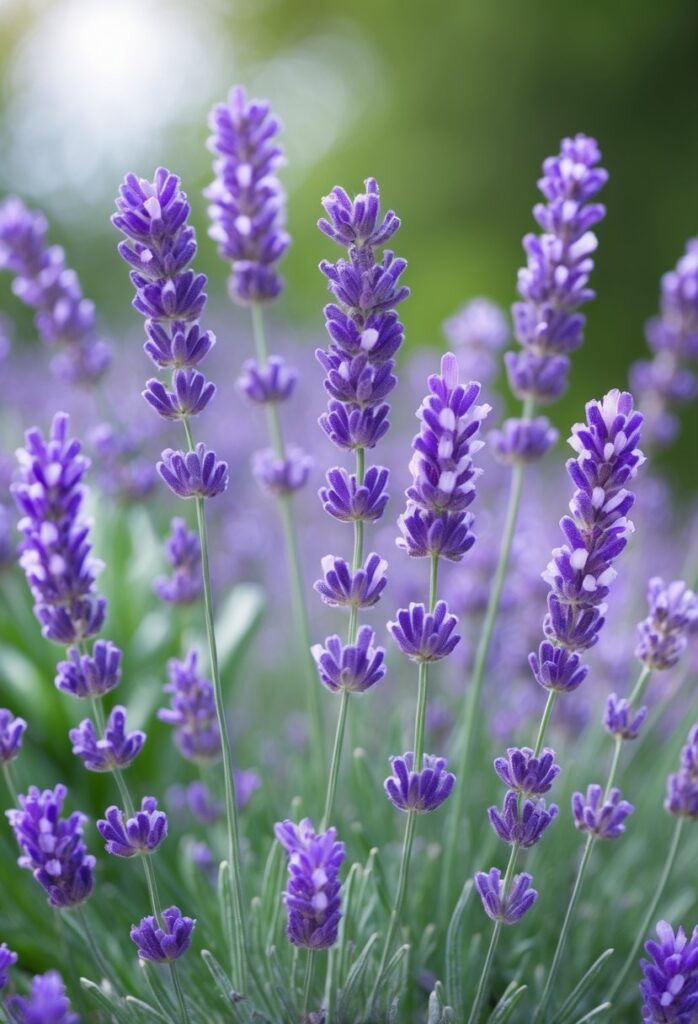
Spanish Lavender, or Lavandula stoechas, is known for its unique flower shape. The blooms have tall, petal-like bracts that look like rabbit ears, sitting atop dense flower spikes. This feature makes it one of the most visually striking lavenders.
It thrives in hot, dry climates and prefers full sun with well-drained, alkaline soil. Spanish Lavender is well suited for gardens in warmer zones 8 through 10. It is a good choice for waterwise landscaping.
The plant is evergreen and produces flowers from mid-spring into early summer, sometimes blooming again later. Its fragrance is piney and strong, making it popular as a fragrant garden plant.
Compared to common English lavender, Spanish Lavender is less frost-resistant but has more intense aromatic oils. It is mainly grown for landscaping rather than cooking due to its strong scent and different flower structure.
More details on its care and appearance can be found at Garden Design’s Spanish Lavender guide.
4) Lavender propagation by cuttings
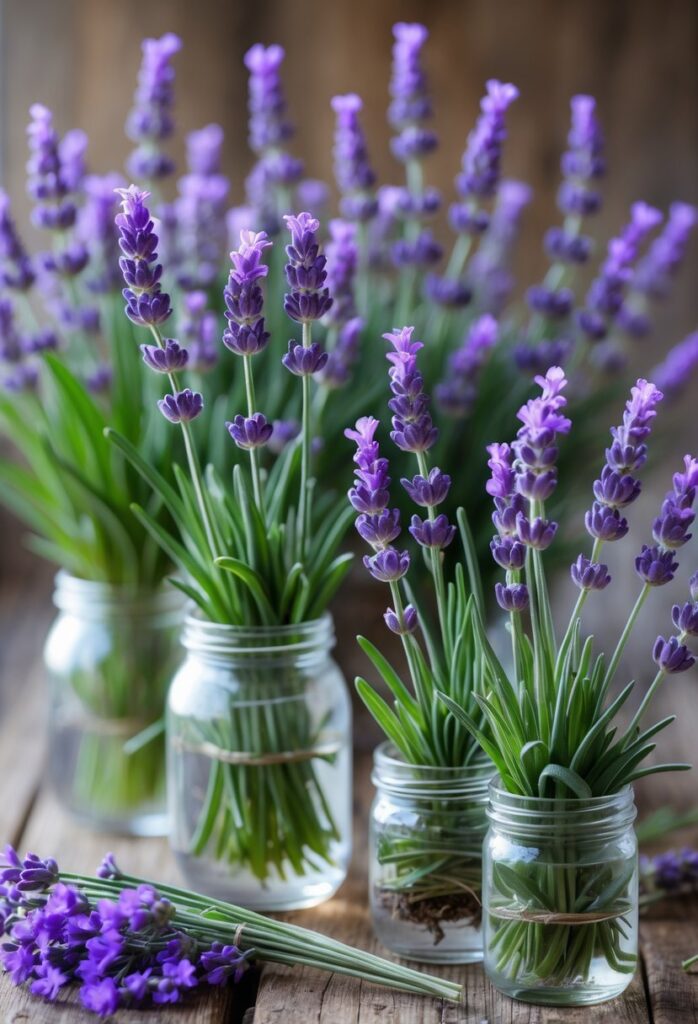
Lavender is often propagated by cuttings because it is a quick and reliable method. Taking cuttings from healthy, mature plants ensures the new plants will grow true to the parent.
The best time to take cuttings is in late spring or early summer when the plant is actively growing. Cut 6-8 inch stems just below a set of healthy leaves at a 45-degree angle for the best results.
After cutting, the bottom leaves should be removed to expose a few inches of bare stem. The cuttings can be dipped in rooting hormone to encourage root growth, though this step is optional.
Next, the cuttings are planted in a well-draining medium such as a mix of peat and perlite. They need to be kept moist and in a warm, bright location but out of direct sunlight until roots form.
Once rooted, the new lavender plants can be moved to pots or directly into the garden. This method helps gardeners expand their lavender collection with minimal cost and effort. For more detailed steps, see how to propagate lavender from cuttings.
5) Layering method for lavender propagation
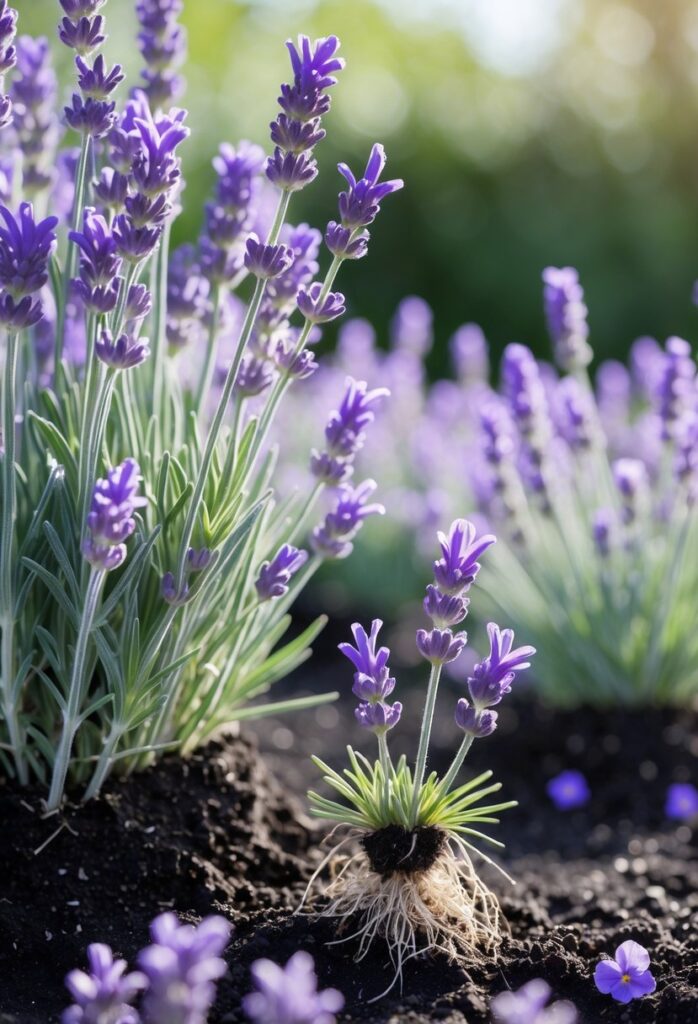
Layering is a simple way to grow new lavender plants from an existing one. It works well with older, woody lavender bushes that may have lost their shape. The method lets gardeners create healthy plants without cutting branches off.
To start, a low branch is bent down and slightly buried in the soil while still attached to the main plant. The buried part should stay moist to encourage roots to grow. After roots form, the new plant can be cut from the parent and moved.
This technique produces strong, vigorous lavender plants. It often leads to faster growth compared to cuttings. Layering also reduces the need for extra tools or complex steps.
Gardeners can use layering to expand their lavender collection using just one plant. It is a natural and proven way to propagate lavender successfully. More details can be found at Good Home Garden on layering lavender.
6) Pruning lavender in fall

Pruning lavender in the fall helps keep the plant healthy and encourages new growth. It is best done in early fall, usually between September and October, depending on the climate. This timing allows the plant to recover before winter.
When pruning, it is important to remove about one-third of the plant’s height. This trims away old, woody growth without cutting into the main stems, which can harm the plant. Doing this will help lavender stay bushy and full.
Lavender benefits from a light trim after blooming to shape the plant and remove dead flowers. Fall pruning also helps prevent disease and root rot by promoting good air flow within the branches. Care should be taken not to prune too late in the season to avoid winter damage.
For specific pruning techniques and timing, gardeners can find detailed guidance on how to trim lavender bushes properly in fall. This helps ensure the plant produces healthy blooms the following year and maintains its shape and strength over time. For more details, see the guide on how to trim lavender bushes in fall.
7) Lavender essential oil benefits
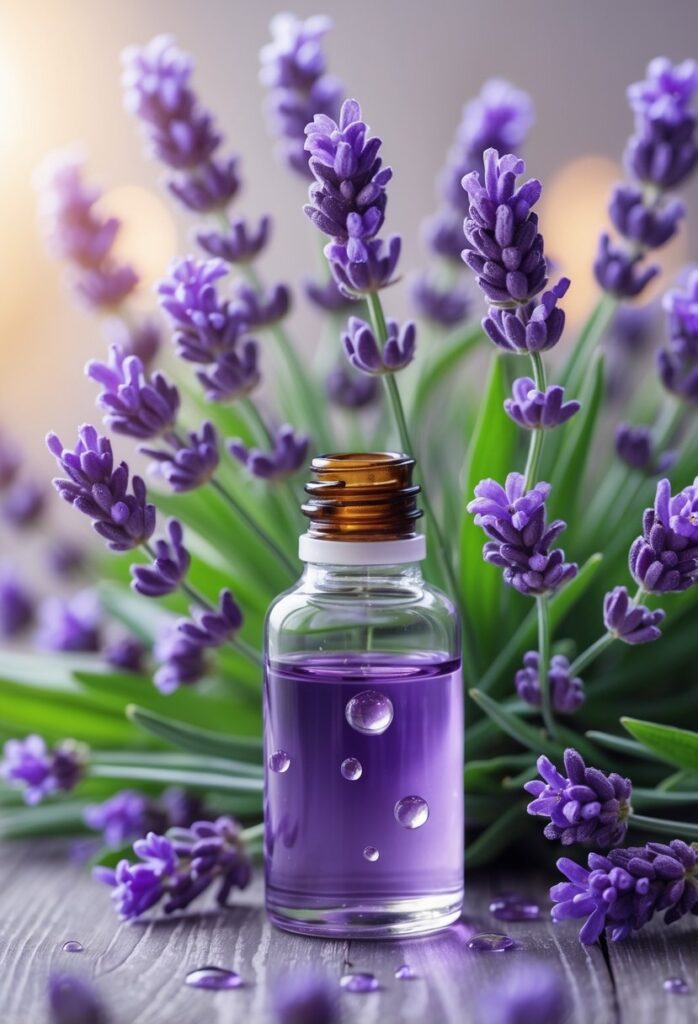
Lavender essential oil is known for its calming effects. It helps reduce stress and anxiety by promoting relaxation. Many people use it in diffusers or add drops to a warm bath to create a peaceful environment.
It is also used to improve sleep quality. Studies show inhaling lavender oil can help those with mild sleep problems fall asleep faster and rest better.
The oil has soothing properties that support skin health. It can help calm minor skin irritations and promote healing when applied with care.
Unlike some medications, lavender oil usually does not cause harmful side effects. This makes it a popular natural option for managing mood and mild pain.
Lavender oil is extracted from the lavender flower through steam distillation. This process preserves its fragrant and therapeutic qualities for various health and home uses.
For more details about its uses and benefits, see the article on Lavender essential oil benefits.
8) Lavender as a calming herb
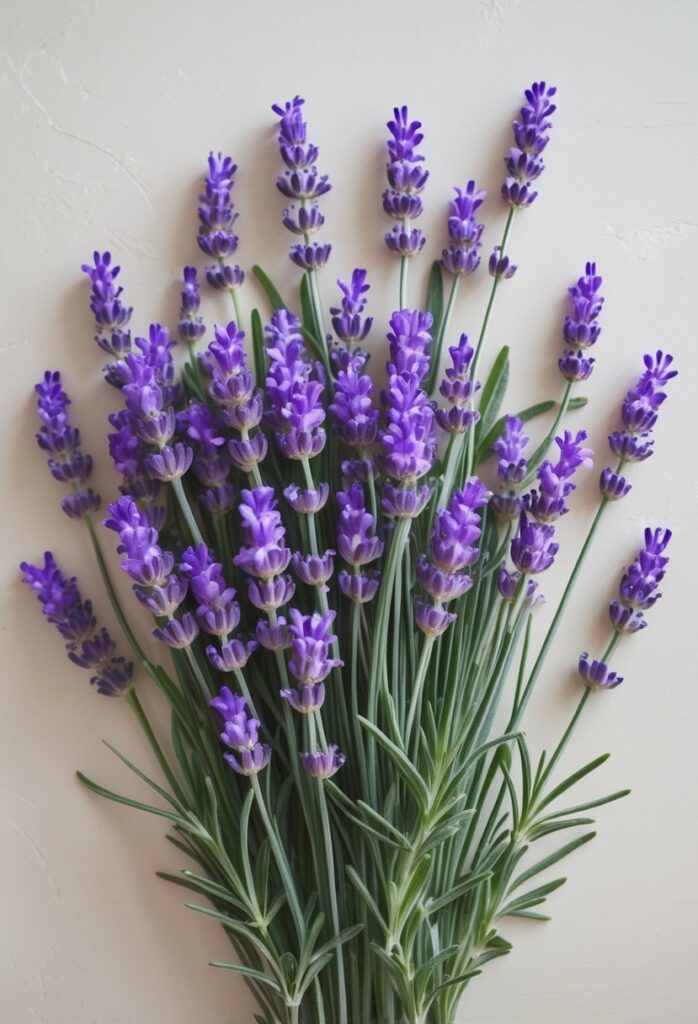
Lavender is well known for its calming properties. Its scent is often used in aromatherapy to help reduce feelings of stress and anxiety. The herb’s essential oils contain compounds that interact with the nervous system to promote relaxation.
People use lavender in many ways to support calmness. For example, lavender oil can be added to diffusers or applied lightly to the skin. Drinking lavender tea is another simple way to experience its soothing effects.
Studies show that lavender may help improve sleep quality. Its calming scent can create a peaceful environment that makes it easier to fall asleep. This makes lavender a popular choice for those dealing with mild restlessness.
In addition to stress relief, lavender has been used to ease nervous tension and promote emotional balance. It is a natural option for anyone looking to support mental and physical calm without strong medications. More details on its benefits and uses are available at plantonomics.com.
9) Growing lavender in full sun

Lavender grows best when it receives full sun. This means it needs at least six hours of direct sunlight every day. Ideally, it should get eight to ten hours to encourage strong growth and vibrant flowers.
Full sun helps the plant produce more blooms and maintain its fragrance. Without enough sunlight, lavender may grow leggy and produce fewer flowers.
The plant prefers well-draining soil. If the soil stays wet for too long, lavender can develop root rot. Planting lavender in a sunny spot with good air flow reduces these risks.
For container plants, placing them in a south-facing location ensures they get plenty of sunlight. Gardeners should also space plants about 2 to 3 feet apart to allow air circulation.
Growing lavender in full sun leads to healthier plants and a better harvest of flowers and essential oils. More details on sunlight needs can be found at this guide to lavender sun requirements.
10) Well-drained soil for lavender

Lavender needs well-drained soil to grow properly. If water stays around the roots too long, it can cause root rot. This is a common problem that harms lavender plants.
The soil should be gritty and lean, often sandy or rocky. These types let water move through quickly. Heavy or clay soils hold too much moisture and are not good for lavender.
A slightly alkaline or neutral pH is best. This helps the plant take up nutrients without stress. Adjusting soil pH and drainage can improve lavender health.
Using soil with good drainage is essential for strong lavender growth. Gardeners may mix sand, small stones, or grit into soil to make it drain better.
Understanding lavender’s need for well-drained soil helps gardeners avoid common growing problems and supports healthy plants that bloom well. More details about soil needs for lavender are available at well-drained soil for lavender.
11) Lavender’s symbolism in art

Lavender has long been a symbol in art. Artists use its soft purple color to represent calmness and peace. It often appears in paintings to create a feeling of quiet or relaxation.
The flower also symbolizes purity and devotion. These ideas appear in poems and stories that use lavender as a key image. Its gentle scent adds to the feeling of serenity that art seeks to show.
Many cultures connect lavender with memories and nostalgia. This makes it a popular choice in artworks that explore the past or deep feelings. The flower’s presence can suggest love or healing.
Because of its rich meaning, lavender continues to inspire artists today. Its use goes beyond beauty to reflect emotions and spiritual ideas. More on this can be found in articles about lavender in art, poetry, and myth at gardenandallotment.com.
12) Lavender in historic healing practices
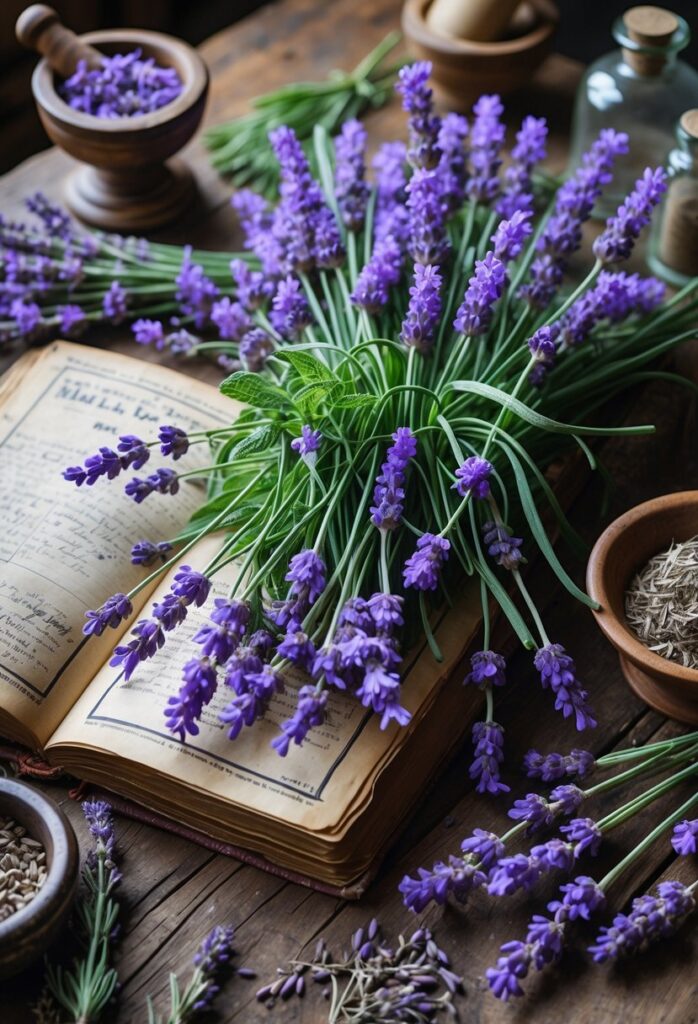
Lavender has been used in healing for thousands of years. Ancient cultures like Egypt, Greece, and Rome valued it for its soothing properties. It was often added to baths and ointments to help with relaxation and skin care.
The Greek physician Dioscorides mentioned lavender in his writings around 40-90 CE, highlighting its medicinal use. Romans also used lavender in their bath rituals to cleanse and refresh the body.
Lavender was recognized for its antiseptic and calming effects. People applied it to wounds and used it to ease headaches and stress. Its role in hygiene was important, as it helped mask odors and provided a fresh scent.
Historical texts show lavender was both a practical remedy and a symbol of comfort. It was widely traded and respected, connecting different cultures through its healing reputation. More on lavender’s place in ancient medicine can be found in this detailed review of lavender in ancient cultures.
13) Using lavender in home fragrance

Lavender is a popular choice for freshening indoor spaces. Its light, pleasant scent helps reduce unwanted odors without being overpowering. People often use dried lavender flowers in sachets or potpourri to add a subtle floral touch.
Lavender can also be made into sprays or air fresheners. These sprays are easy to prepare with lavender essential oil mixed with water or alcohol. Spraying them around the home spreads a clean, calming fragrance quickly.
Hanging bundles of dried lavender in closets or drawers is another common method. This keeps clothes smelling fresh and can help repel moths. Additionally, small sachets tucked into pillows or under furniture gently release lavender’s soothing aroma over time.
Lavender’s scent works well in many rooms, from living areas to bedrooms. It creates a relaxing atmosphere without the chemicals found in some commercial fresheners. For those interested, there are guides on making your own lavender air fresheners or sprays using simple ingredients and dried flowers. See ideas for freshening your home with lavender.
14) Lavender cosmetic products from Prague

Lavender cosmetic products from Prague focus on natural ingredients and careful craftsmanship. These products are often handmade in small workshops to ensure high quality.
They use lavender grown in clean environments to create items like creams, soaps, and oils. The products aim to be gentle on the skin and environmentally friendly.
Many of these cosmetics are approved by local health authorities, showing they meet safety standards. The approach is simple and practical, avoiding artificial additives.
Prague lavender cosmetics appeal to customers who look for natural skincare options. The products provide a mild fragrance and soothing effects without strong chemicals.
15) Lavender flower arrangements

Lavender flower arrangements are popular for their calming color and gentle fragrance. They often include lavender roses, carnations, and other purple or pink blooms to create a soft, elegant look.
These arrangements work well for many occasions, such as birthdays, weddings, or just to brighten a room. Some mixes combine lavender with flowers like sunflowers or daisies to add contrast and interest.
Many florists offer ready-made lavender bouquets with a variety of styles. For example, the Lavender Luxury arrangement features lavender roses and asters for a sweet scent and natural beauty. Other options include the Blushing Lavender Bouquet, which adds light pink and purple shades.
Lavender arrangements are easy to pair with other flowers. This flexibility makes them a great choice for customized floral designs. They can be found through local florists or online flower delivery services in cities like New York.
For more ideas and options, one can explore lavender floral arrangements on websites like Floral Charm or James Cress Florist.
Growing and Caring for Lavender Flowers
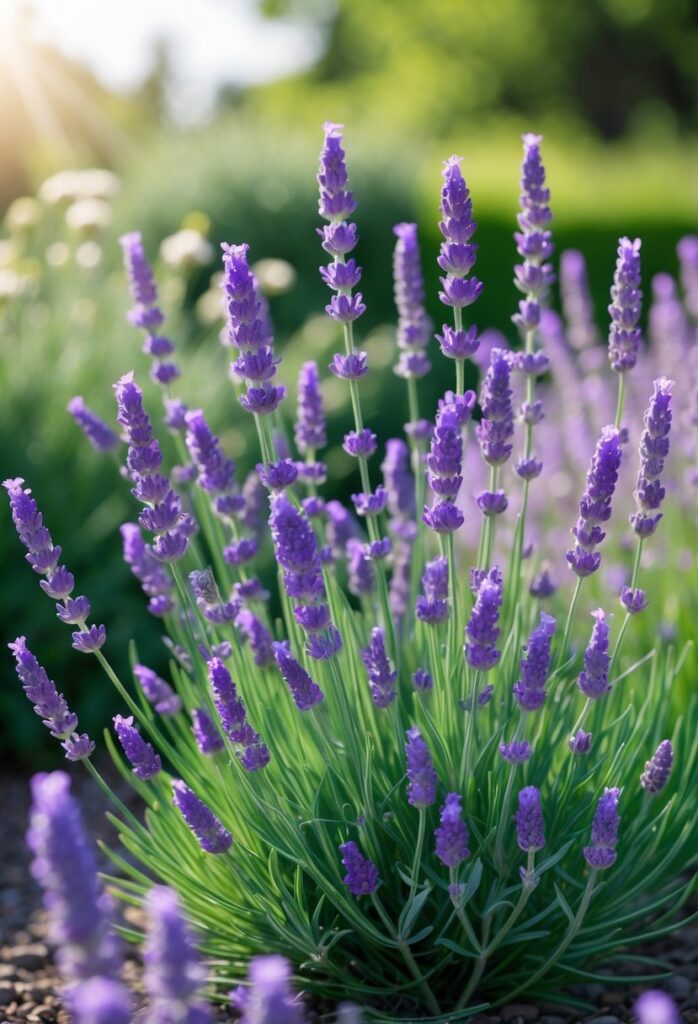
Lavender thrives when planted in the right soil and given enough sunlight. Proper watering and fertilizing are important to keep the plants healthy without causing issues like root rot or nutrient overload.
Optimal Soil and Sunlight Conditions
Lavender prefers well-draining soil with a slightly alkaline pH, usually between 6.5 and 7.5. Heavy clay or soggy soil can lead to root problems, so adding sand or gravel can improve drainage.
It grows best in full sun, ideally at least 6 to 8 hours a day. Planting lavender in sunny spots helps the flowers develop their strong fragrance and vibrant color.
Good air circulation around the plants reduces the chance of fungal diseases. Lavender tolerates drought better than wet conditions, so avoid low areas where water collects.
Watering and Fertilizing Best Practices
Lavender plants need moderate watering, especially when young. Water deeply but infrequently, allowing the soil to dry out between waterings to prevent root rot.
Established lavender requires less water and should not be watered too often. Overwatering can weaken the plant and encourage pests.
Fertilize sparingly. A light application of balanced fertilizer in early spring can support growth. Avoid high-nitrogen fertilizers, which cause excessive leaf growth at the expense of flowers.
Mulching with small gravel or sand helps retain moisture and keeps the base dry, promoting healthy roots.
Lavender Flower Uses and Benefits
Lavender flowers have many practical uses and health benefits. They can be used in cooking and for making fragrant products. They also offer advantages for relaxation and treating minor health issues.
Culinary and Aromatic Applications
Lavender flowers add a unique flavor to dishes. They are often used in baked goods, teas, and as a seasoning for meats and vegetables. Fresh or dried lavender buds can be infused into syrups, honey, or sugar to enhance desserts.
In aromatherapy, lavender is popular for its calming scent. It is used in essential oils, candles, and sachets. The flower’s fragrance also works well in soaps, lotions, and cleaning sprays. Lavender-based products can freshen rooms and clothes naturally without harsh chemicals.
Health and Wellness Advantages
Lavender supports stress relief and promotes better sleep. Its scent calms the nervous system, making it useful in aromatherapy treatments. Some studies suggest it may help reduce anxiety and improve mood.
Topical use includes lavender oil in balms and creams to soothe minor skin irritations and headaches. It has mild antiseptic qualities and can help with muscle tension. Lavender is also known to improve cognitive function when inhaled regularly.
Frequently Asked Questions
Lavender flowers bring a gentle, calming aroma and soft purple hues that enhance event decor. Their versatility suits many styles and themes, adding natural beauty without overpowering other elements.
How can lavender flowers enhance a quinceañera bouquet?
Lavender adds a delicate fragrance and soothing color to a quinceañera bouquet. It balances bolder flowers while giving the arrangement a fresh, elegant look. Using English Lavender is popular for its classic scent and appearance.
What themes pair well with lavender flowers for sweet 15 decorations?
Lavender works well with rustic, garden, and vintage themes. Its soft tones blend with natural wood accents, lace, and pastel colors. French and Spanish Lavender varieties fit nicely in Mediterranean or bohemian styles.
Are there specific flower arrangement styles recommended for a quinceañera?
Loose, natural bouquets highlight lavender best. Combining it in layered or cascading arrangements allows the flowers to stand out while adding volume. Simple, hand-tied bouquets with lavender provide charm without heaviness.
What are the best practices for incorporating lavender flowers into event decor?
Use fresh lavender for tablescapes and centerpieces to maintain fragrance. Dried lavender bundles also work well for lasting decor. Keep flowers away from direct heat to preserve color and scent during the event.
Which other flowers complement lavender blooms in a natural quinceañera bouquet?
White roses, baby’s breath, and greenery like eucalyptus blend well with lavender. Light pink peonies or daisies also highlight lavender’s soft purple, adding contrast without clashing.
How do lavender flowers symbolize the transition celebrated in a quinceañera?
Lavender represents purity, calm, and devotion, reflecting the young woman’s growth and maturity. Its lasting fragrance and delicate beauty symbolize the balance between innocence and new beginnings.
